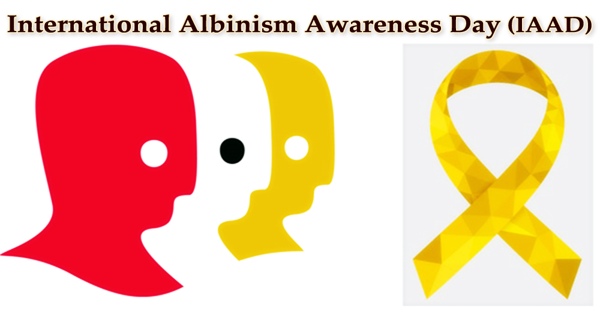Co-education is a system in which boys and girls are educated together. In different countries and at different eras, the practice has been diverse. For a long time, most elementary schools have been co-educational. It is now the rule practically everywhere, including in colleges and universities. University students who have reached the age of maturity and have developed intelligence and a solid understanding of their obligations and responsibilities are likewise considered mature and responsible citizens. Co-education was practiced in ancient Sparta, Greece. There was no difference between the boys and the girls. They were both studying and playing at the same time. Physical training was given to both sexes in addition to intellectual schooling. In a small but populous country like …… (country name), at least for economic reasons, co-education is advisable. Separate benches for boys and girls have been set up in the classrooms, as well as separate playgrounds for boys outside. There have been male and female teachers who excel at imposing discipline and providing general supervision. Plato, the Greek philosopher, believed that co-education aided in the development of both men’s and women’s personalities and fostered a sense of camaraderie. Co-education, he believed, was the only way to make both men and women valuable members of society. As a result, the value of co-education has been recognized in the west from ancient times. There is no reason to separate girls from boys before puberty. In addition, the primary school curriculum is uncontroversial. It stresses reading, writing, and arithmetic, as well as some basic geography and history knowledge. In certain nations, religious and cultural education are combined. Co-education supporters promote it primarily for two reasons: one is economic, and the other is sociological. Supporters of co-education argue that by educating boys and girls together, they would create a sense of mutual understanding. This knowledge will be beneficial to them in their future lives as men and women. Co-education, they say, makes boys less harsh and girls less morbid. The guys grow more civilized and polite, and the spirit of academic competitiveness is resurrected. Both are attempting to outdo the other. Co-education is now more of a rule than an exception in many institutions. As a result, the number of co-educational institutions is increasing. This societal evolution has been aided by economic factors. Late marriages compel parents to educate their daughters in order to maintain a higher level of life, despite the family’s economic needs. As a result, there are very few distinct girls’ institutions, and co-education has become necessary.
Co-education is now practiced in practically every country on the planet. Prior to the mid-nineteenth century, however, girls were frequently educated at home or not at all. There were significant disparities in this regard between different sections of the globe. The co-educational educational system has a number of advantages. Poor countries are unable to fund the establishment of separate schools for boys and girls. There will be no need to open separate schools for boys and girls if they are educated together in the same school. As a result, money will be saved on infrastructure, furnishings, stationery, and personnel recruitment, among other things. The free mixing of boys and girls fosters mutual understanding. It will be fruitful in the future. They feel that co-education teaches boys to be less obnoxious and to respect girls. Girls, on the other hand, develop a sense of self-assurance. The secondary school involves youngsters going through puberty, and there is no consensus on whether the two genders should be educated together. There are both pro and con arguments. Broadcasting is crucial in almost every way. It allows people to learn everything. Commercial ads are allowed to be placed in the air for money in America, Ceylon, Australia, and many other nations, including our country. So, the radio has lightened the home; it has cheered the sickbed, instructed the youthful mind and started the commerce. Co-education allows boys and girls to interact and communicate well. They become more tolerant and open-minded toward people of the opposing gender. They interact openly with one another, overcoming shyness and hesitation. As a result of co-education, boys and girls have a healthy and harmonious connection. According to a new study, co-educational schools are better because the presence of girls in classes keeps boys from behaving badly and increases their academic achievement. In reality, having a higher ratio of female students not only reduces classroom disruption but also develops better interaction between students and teachers. The United States is at one extreme, where both sexes are educated together at all levels. On the other hand, in some traditional civilizations, girls do not receive any secondary education. More countries are increasingly adopting co-education as the norm at all levels of schooling. It must be understood that in the fast-changing world of the twenty-first century, co-education must become the norm. Today, a big number of girls are pursuing careers in a variety of fields. Many of them are in charge of large corporations. Co-education will allow young boys and girls to interact freely and better understand each other.
















